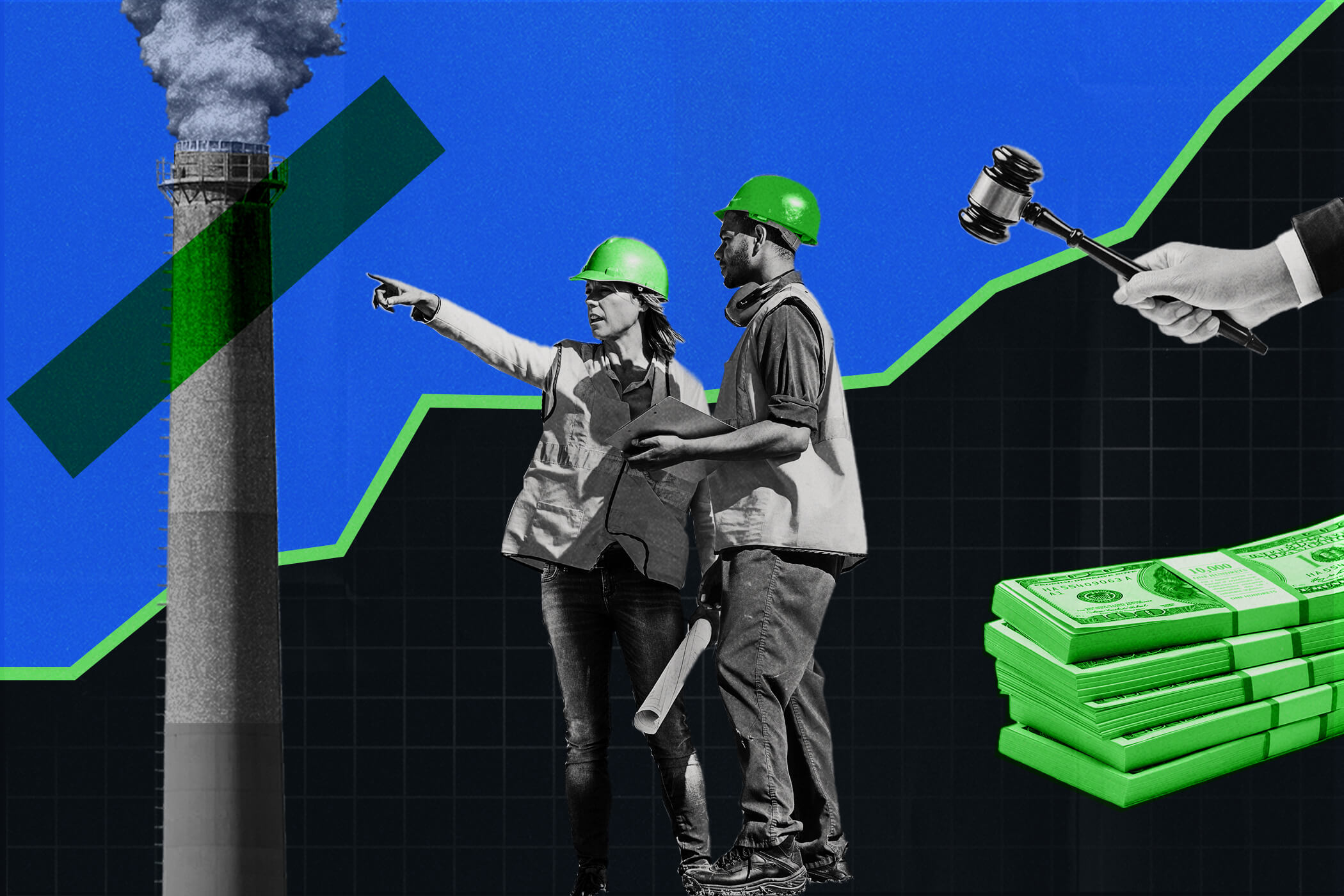Five ways to make net zero happen
Voices
Governments increasingly understand the urgency of climate change. Ahead of and during COP26, the 2021 Glasgow climate summit, many have committed to zero carbon emissions by mid-century.
In most countries, though, including leading ones like the United Kingdom, a sharp disconnect persists between net-zero pledges and the measures in place to meet them.
We have a wealth of information explaining what to do, thanks to organizations like the International Energy Agency and the Energy Transitions Commission.
Yet, we still haven’t done it.
A recent article I co-wrote proposes five strategic interventions that would accelerate the path to net zero. Here are the highlights.
Making polluters pay: Putting a price on carbon is a long-standing recommendation of climate policy. It makes polluters face the environmental cost of their actions. Yet the potential for carbon pricing is still largely untapped. Just over a fifth of global greenhouse gas emissions are currently subject to a carbon price, either through a carbon tax or an emissions trading scheme.
Promoting zero-carbon investment: Zero-carbon solutions are capital intensive. Over their economic life, technologies like renewable energy and electric cars are increasingly competitive with conventional alternatives. However, they have higher upfront costs, counterbalanced by lower operating costs. This upfront capital needs to be provided at the same time as capital flows are redirected wholesale toward net zero.
Building zero-carbon skills: There is no evidence that a net-zero economy is detrimental to job numbers, but it will require different skills. Studies suggest that green jobs make more use of non-routine cognitive skills and require higher levels of formal education, work experience and training. Addressing emerging skill gaps proactively removes potential delivery bottlenecks, opens up new opportunities and ensures a smooth transition for workers.
Regulating carbon offsets: Most organizations expect to meet their net-zero targets in part through carbon offsets, and this is reviving concerns over the integrity and effectiveness of these schemes. Net zero adds further complications. Net-zero-aligned carbon offsetting requires carbon offsets to derive from carbon removals (e.g., through afforestation) rather than emissions avoidance (e.g., renewable energy projects). This increases complexity, as removal credits tend to be more difficult to measure, monitor and verify than carbon avoidance credits. Regulatory scrutiny must be scaled up if carbon offsets are to play their intended role.
Ramping up removals: Most modelled pathways to meet the Paris Climate Agreement involve a significant role for carbon removals, which might reach 10 gigatons of carbon dioxide a year in the second half of the century. The strategic importance that carbon removal plays in models is yet to be reflected in investment and policy decisions. Outside the realm of forest management, most removal technologies are still in their infancy. Carbon removal is a last resort, but it is a last resort for which we need to prepare.
It is encouraging to see the rise in net-zero commitments by governments, companies and other organizations. But these pledges now need to be implemented.